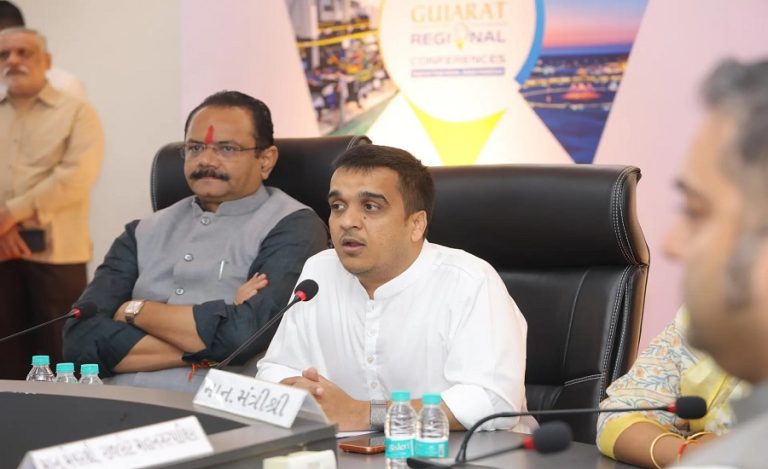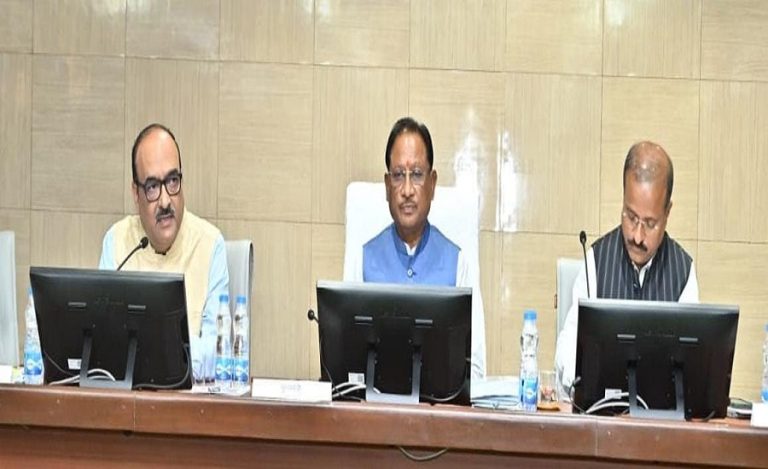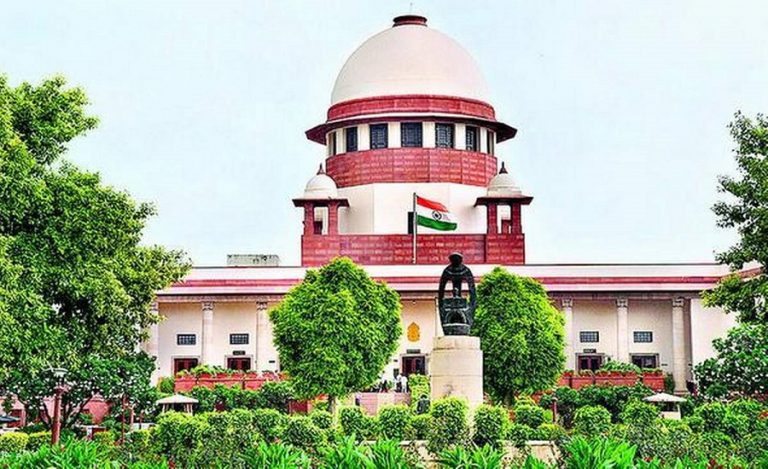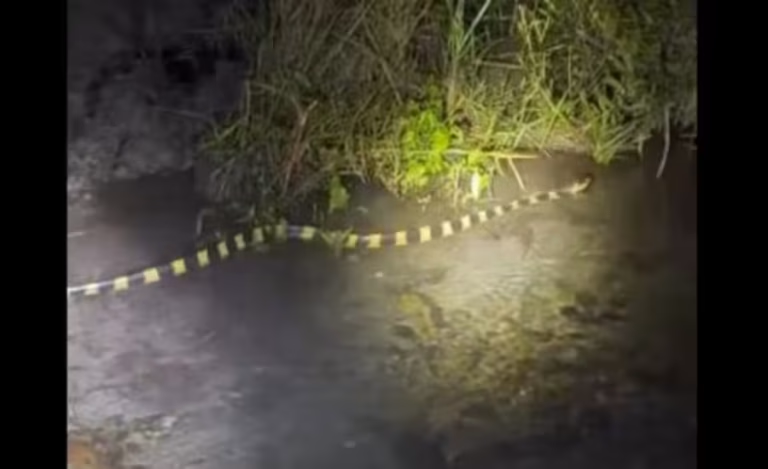New Delhi: The Supreme Court has intervened in the ongoing controversy over alleged illegal construction within and around Odisha’s Satkosia Tiger Reserve. Acting on a public interest petition filed by advocate Gaurav Kumar Bansal, the apex court on Wednesday issued notices to the Union Government, Odisha State, the Central Empowered Committee (CEC), and other authorities, seeking urgent explanations.
The petition challenges the issuance of provisional No Objection Certificates (NOCs) for tourism infrastructure—particularly high-end resorts, hotels, and a bridge—near the ecologically fragile reserve. It raises alarm over the absence of a designated Eco-Sensitive Zone (ESZ), accusing local authorities of bypassing environmental norms in pursuit of a tourism-centric model.
Court Seeks Answers on Eco-Legal Violations
The Supreme Court directed all respondents, including the District Collectors of Angul, Nayagarh, Boudh, and Cuttack, to respond on how these NOCs were granted without statutory approvals from the Chief Wildlife Warden and the National Tiger Conservation Authority (NTCA). The bench expressed concern over the apparent non-compliance with the NTCA’s 2018 circular, which mandates a minimum 1-kilometre ESZ around protected reserves.
The petitioner, Gaurav Kumar Bansal, argued that the draft ESZ notification by Odisha shockingly proposes a “zero buffer zone” for the Satkosia Gorge—one of the most biodiverse areas within the reserve. This, he contended, defies established national policy and poses a direct threat to both terrestrial and aquatic life.
A Ramsar Site Facing Commercial Pressure
Notified as a tiger reserve in 2007, Satkosia Tiger Reserve sprawls across 1,136.70 sq. km, encompassing the Satkosia Gorge Sanctuary and Baisipalli Wildlife Sanctuary, split by the Mahanadi River. It is home to critically endangered species such as the Asian Elephant, Gharial, and Mugger Crocodile, and is globally recognised as a Ramsar wetland site for its vibrant aquatic ecosystem and birdlife.
The plea alleges that Odisha’s state agencies are fast-tracking infrastructure development without legal clearances, citing multiple violations of:
- Forest Conservation Act
- Wildlife (Protection) Act
- Environment (Protection) Act
Projects under scrutiny include a high-level bridge across the Mahanadi and several luxury resorts, all of which allegedly lack mandatory impact assessments or approvals from the NTCA.
Conservation Versus Commercialisation
Bansal’s petition states that these constructions breach the MoEFCC’s 2021 Eco-Tourism Guidelines, which prohibit permanent structures within protected zones and advocate for low-impact, community-driven tourism. It also cites the NTCA’s 2012 guidelines, warning that the shift towards mass tourism threatens wildlife corridors, alters local water cycles, and could even jeopardize Satkosia’s international Ramsar status.
The Court has now sought a consolidated response from all stakeholders and directed the Central Empowered Committee to investigate the claims. The matter is expected to set a precedent for the enforcement of ESZ norms across India’s protected reserves.
Also Read: Mudumalai Tiger Reserve: From India’s First Sanctuary to a Tiger Conservation Success Story



























